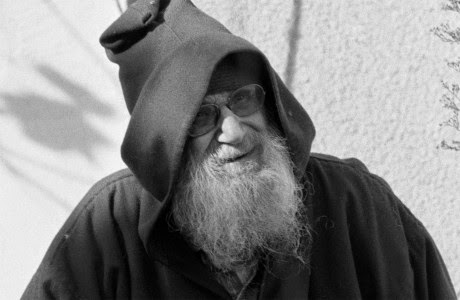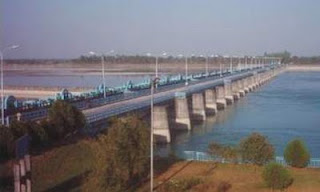Jana Aranya and Contemporary Medical Practice
I am an unabashed fan of the movies of Satyajit Ray. He was, to my mind, one of the greatest minds of the last century and besides his films has left behind a body of other work that marks him out as one of the most talented Indians ever.
I sometimes play a rating game with his films. Which of them is the best? Purists are unanimous: Charulata is the number one. Perhaps it is, the subtle nuances of the changing relationships between the trio of principal characters is one of the great moments of cinema. The characterization of Charulata, her loneliness and inquisitiveness make for marvelous cinema. There is much to be said for Apur Sansar as well. This movie too, ranks among his best. The superb acting, the character of Apu and the heartwarming scenes where he and his wife fall in love with each other are also unparallelled in Indian cinema.
But what about Pather Panchali? This movie, justly regarded as a path breaker in Indian cinema is also a favourite. The rural Bengal countryside, the unrelenting poverty that was the result of the British Raj and the relationships in a small family are the stuff of legend. In later years, of course, his childrens’ films leave a mark that can never be forgotten. The magic of Goopy and Bagha and the suave polish of Feluda have been long been a part of Indian and particularly Bengali life and culture.
But to my mind some of the most significant work that he did was towards the end of the sixties and the early seventies when Ray made movie after marvelous movie. Aranyer Din Ratri, Seemabaddha, Asani Sanket were all remarkable creations, but in my opinion he reached the peak of perfection with Jana Aranya.
His movie is particularly dear to me because it deals with some issues that are very close to my heart. It depicts the travails of a young man, who enters the world of business as a wide eyed innocent and is slowly corrupted. He twists and turns, but cannot get away from the necessity to bribe in order to make his way forward. And when he finally succeeds in business, it is also the moment that he reaches the nadir of his values.
Somehow this reminds me of many of my classmates and many colleagues and perhaps of myself. When we passed out we were gong to be incorruptible doctors, working hard to serve humanity. Soon we began to learn the facts of life. And one by one, I saw so many of my friends drop off, seduced by the need to be successful. The corruption of the practicing doctor is now clear to everybody. It is only amazing that nobody does anything about it.
Jana Aranya ruthlessly documents this slippery slope. The initial hesitation, the later realization that this is the path to success, the struggle to hold on to decency and values and the final total surrender: this could be the life story of many a successful doctor! The use of medical devices in order to earn commissions, the cut obtained from pathological laboratories and the fee splitting, all of which are ubiquitous in Indian clinical practice are a sad manifestation of a total abandoning of all values. And Ray had seen it happening, 40 years ago!




Comments